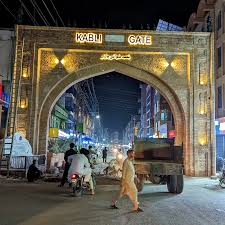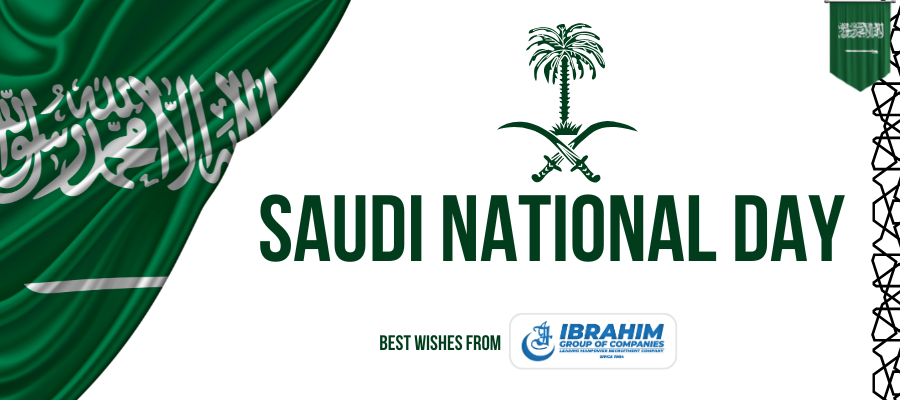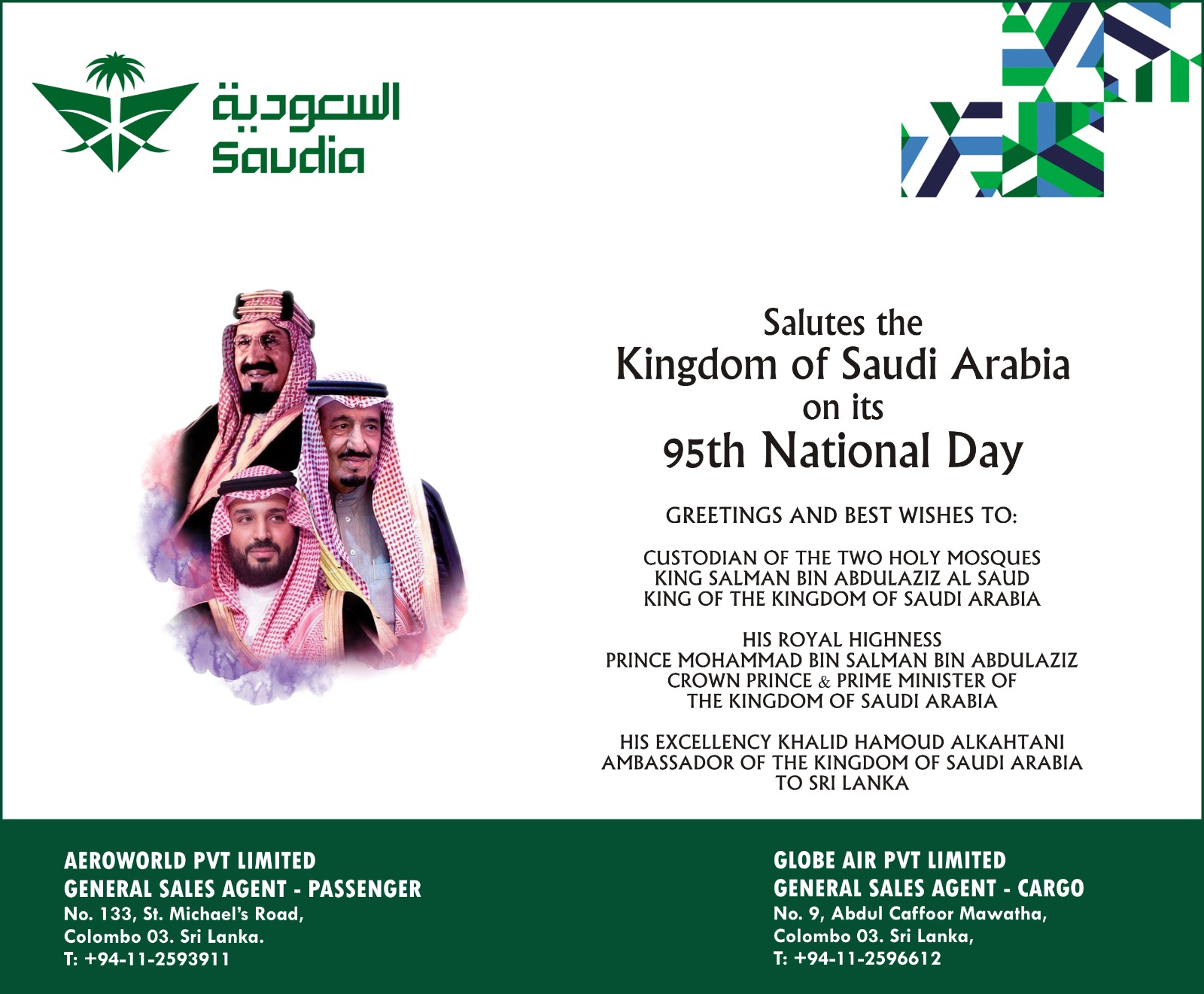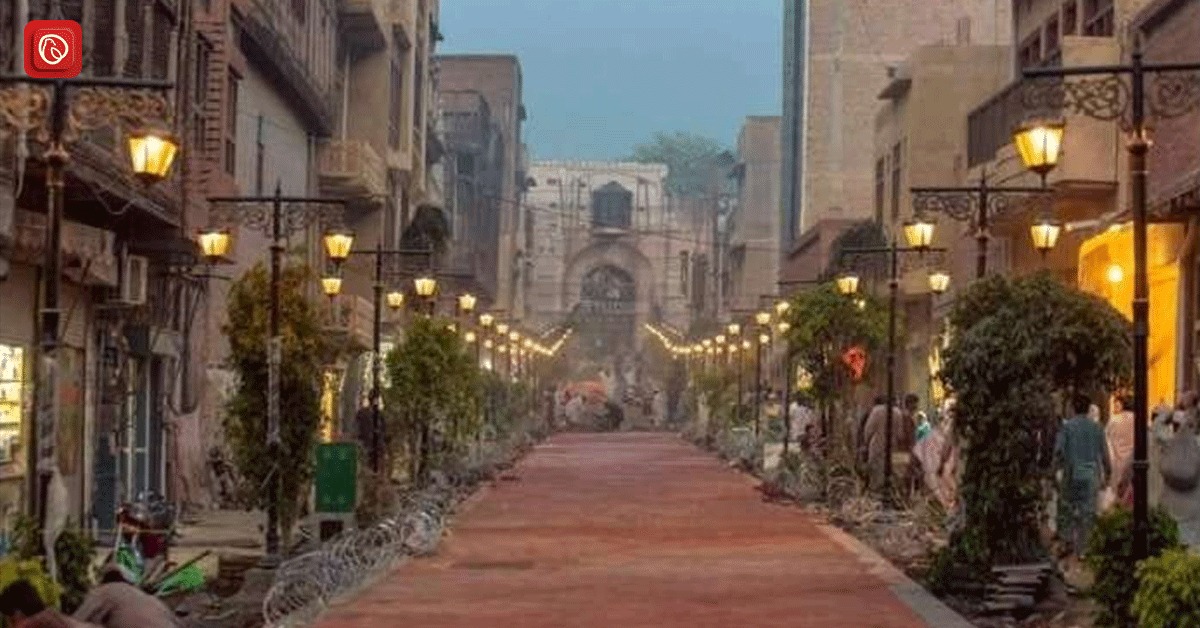
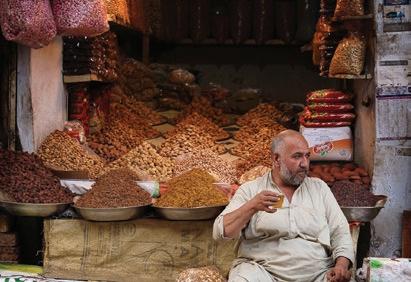
IVAN G SOMLAI
islamabad :
- Famous municipalities around the world have “historical neighbourhoods”, “market centres”, “sights you must see”. Peshawar has Qissa Khwani!
- UNESCO identifies seven creative fields in which selected cities are judged: crafts and folk art, design, film, gastronomy, literature, media arts and music. Qissa Khwani’s historical attributes encompass most of these, but with the added pedigree of unparalleled, complex history.
- Although some ambiguities remain in the origin and establishment of Peshawar, it is safe to say that by the 2nd century BCE, Peshawar (with at least a dozen variants of its spelling and meaning) was a learning and commercial hub.
This city is certainly one of the oldest continually inhabited cities in South Asia, with an eclectic multicultural indigenous, colonial and imperial history.
Its location by the Bara River (of Mahabharata fame!) and the Khyber Pass made it an ideal caravanserai for arriving and departing traders from Silk Road centres like Xian, Samarkhand and Bokhara via Kabul and Khyber on their way to Lahore, Amritsar and Delhi… and return. - Gradually, some part of the main travel route evolved into a service neighbourhood focusing on travellers’ needs: this was Qissa Khwani Bazaar, the Story Tellers Market, a vibrant, chronicled historical area in its own right, as attested to by visible archaism in the multiepochal architecture.
- Over hundreds of years, this strategic location of Qissa Khwani gradually expanded from a thriving main road into a tentacled neighbourhood of dense settlement and multi-generational havelis (urban courtyard mansions), with meandering pedestrian alleyways of multifarious occupations, or guilds. Gradually, a walled city was formed around this and adjoining neighbourhoods with 16 major entry gates, having the original entry from the north by the Kabuli Gate and east at the Lahori Gate. Fourteen more gates were later constructed and closed at nights for security of the inhabitants; most of these gates have decayed.
- Specialty stores included (some still do) jewellery, cloth, silkenwear, fur, bedding, footwear, haberdasheries, metalsmiths, kitchenware, crockery, books, lighting supplies, military memorabilia, carpets, mechanical parts, cookware, antiques, spices galore…a virtually endless assortment of utilitarian and decorative items, interspersed with vendors of groceries, sweets, fruit sellers, fishmongers, money exchange and transfer offices.
- Being at the intersection of various trade routes, Qissa Khwani became, as a matter of course, representative of their respective cultures, religions and languages: thus for many years, the intermingling of local Muslims with Christian, Jewish, Sikh and Hindu merchants was an exemplar of peaceful cooperation, and some structural remnants of each still exist, in various stages of visibility and condition.
- The area was ideal for congregating in local qahwa khana (tea stalls) to sip qahwa (sweet green tea often infused with cardamom, cinnamon and crushed nuts), exchanging information on travel routes and regional politics, along with listening to Pakhtun and Hindko folklore and fanciful tall tales! Creeping modernization has by now progressively replaced storytellers with electronic news and entertainment; and by around the middle of the 20th century, camel, horse and mule caravans had been replaced by a variety of vehicles that unavoidably clog the thoroughfares of Qissa Khwani.
- Nearby goods stores are sweetshops as well as eateries where while the menu be sparse, the mouth-watering specialties such as charsi tikka, chapli kabab and kheer can satisfy most demanding palates.
- Visitors should come not only for shopping, but also to explore historical sacred sites like the Qasim Ali Khan Mosque in Mohallah (urban residential neighbourhood) Baqir Shah, built during Emperor Aurangzeb’s reign (1658 – 1707); the neglected darwaza (gates) which admitted hundreds of thousands of itinerants; and sites of major political events during the ages, commemorated with historic plaques and/or structures. Then of course, for film buffs there are the ancestral homes of some major artists, such as Dilip Kumar, Raj Kapur, Shah Rukh Khan and Madhubala.
- Sadly, many original buildings, gardens, walls, gates and temples, have been seriously deteriorating from neglect, misuse, unauthorised renovations, as well as inferior quality repairs. Several extraordinary examples of period architecture now exhibit only protruding structural members, with the buildings in varying states of ruin. Intricate architecture, imbued with the lengthy history of this area, could still be rescued were it efficiently managed, through increased tourism which in turn could award necessary funds for the department of archeology and architectural specialists to pursue competent renovations of major historical importance.
- A suggested place to start your tour is to park at Chowk Yadgaar (Remembrance Square) from where an alleyway allows sighting of Cunningham Clock Tower (Ghanta Ghar), which can then remain your reference point as you explore further. Take the right fork from the Clock Tower straight to the Mughal era Gor Khatri Museum, from where the Italian ‘Abu Tabela’ (look up his real name and reputation!) governed the area in the mid 19th century. Further along you reach Gorakh Nath Hindu temple built in 1851. Try to link with a local friend who could steer you around the maze; that would be best.
13.



